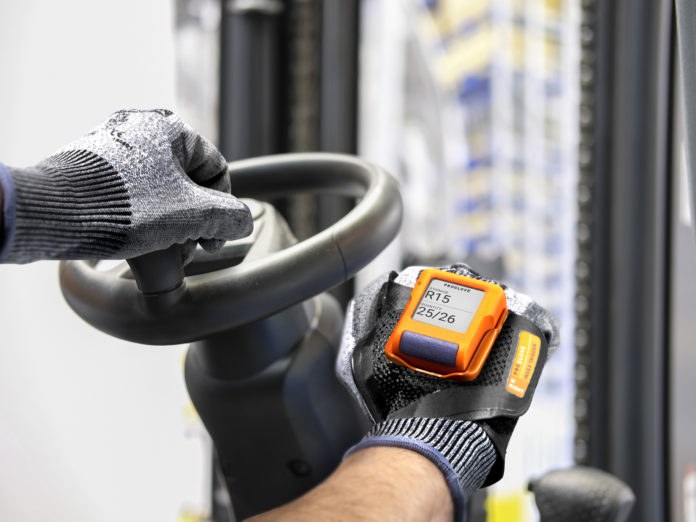ProGlove recently appeared on our radar when we saw that it was relying on additive manufacturing technologies to manufacture wearable barcode scanners.
Founded seven years ago after winning the Intel “Make it Wearable” Challenge, the German company has dedicated its core business to the production of one of the smallest, lightest, and toughest barcode scanners in the world, connecting this way operators to the Internet of Things.
Very keen to discover the role of additive manufacturing in the production of these small objects, we reached out to Axel Schmidt, Senior Communications Manager at ProGlove, who shares more insights into their process and applications.
“Additive manufacturing has been crucial for ProGlove from the get-go. This has to do with the fact that design thinking and rapid prototyping have been part of our DNA and remain indispensable for us to this day”, Schmidt said from the outset.
In-house, a wide range of AM processes support the company in its daily operations: FDM, SLS and PolyShot Surfacing. We believe that, as for most companies, FDM served in a testing phase of the technology, and SLS truly enables them to meet certain requirements. Also, one of their manufacturing requirements was to manufacture complex shapes that are often inherent to products of this league, most importantly, it was crucial for the company to make them unique.
“We certainly wanted our very own, noticeable shape of orange. As orange functions well as signalling colour in an editorial context. Additive manufacturing requires some testing and practice to find the approach that works best for your organization. Yet to us it was worth it, because once you got that down, it provides the benefit of giving you extra freedom when it comes to designing and prototyping”, Schmidt told 3D ADEPT Media.
While taking a closer look at the company’s Mark series, a portfolio that includes different types of wearable scanners, we notice that the digital wearable computer presents crucial information when and where it’s needed most, as the user performs scanning.
Furthermore, as far as printed parts are concerned, the casing for the barcode scanner can be 3D printed and post-processed using a polyshot surfacing process. Applied before the coloring process, this latter stage of the manufacturing process does not remove any material and works perfectly for hard plastics. Depending on the part, such process can take three hours in average to deliver a product closer to the quality of injection-moulded parts.
“For us it was critical to establish reproducible processes that allowed for short innovation cycles while ensuring the mandatory reliability you need for serial production. So, we ended up using a combination of 3D printing and injection moulding”, the Senior Communication Manager added.
To date, ProGlove is a company that delivers its services to over 500 renowned organizations in manufacturing, production, logistics, and retail use these smarter workforce solutions. For the company, the best part of it is that it enhances human-machine collaboration while driving digitization of the shop floor.
Remember, you can post free of charge job opportunities in the AM Industry on 3D ADEPT Media or look for a job via our job board. Make sure to follow us on our social networks and subscribe to our weekly newsletter : Facebook, Twitter, LinkedIn & Instagram ! If you want to be featured in the next issue of our digital magazine or if you hear a story that needs to be heard, make sure to send it to contact@3dadept.com






